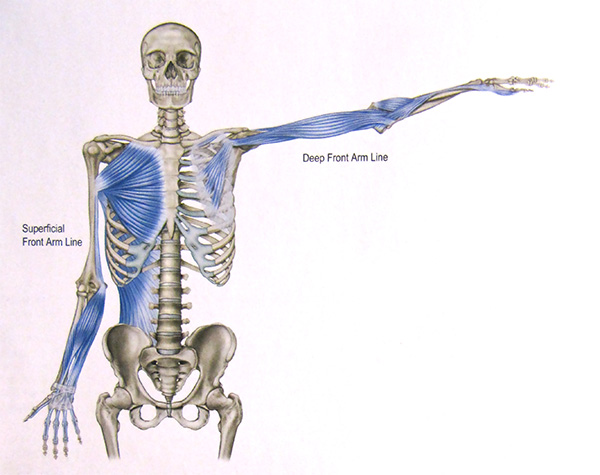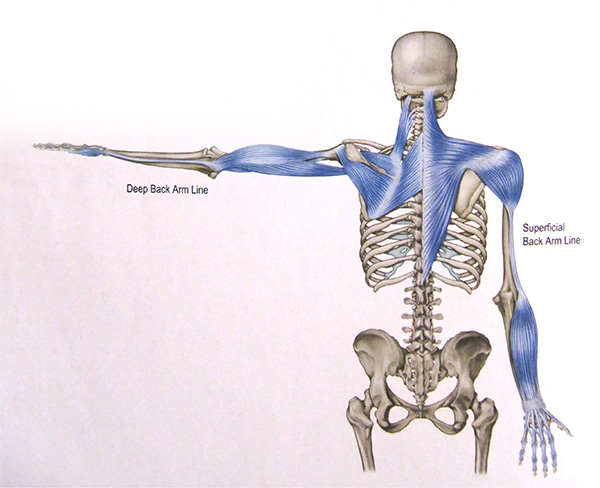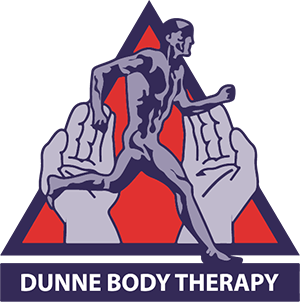"Structural bodywork gets to the root casuse of aches and pains by systematically realigning your body through targeted myofascial release."
Myofascial Therapy
Myofascial therapy is aimed towards the relief and resolution of chronic postural dysfunction and associated pain. Adopting poor posture over a prolonged period of time often leads to muscular imbalance and generally results in musculoskeletal dysfunction, pain and sometimes injury. Work, exercise, sport and leisure activities all impact upon posture and movement quality. This increases the risk of pain and injury in many situations where poor postural habits are present. Identifying and treating such imbalances with massage therapy assists in pain alleviation, injury rehabilitation and prevention.

Myofascial release (MFR) therapy focuses on releasing muscular shortness and tightness. There are a number of conditions and symptoms that myofascial release therapy addresses.
Many patients seek myofascial treatment after losing flexibility or function following an injury or if experiencing ongoing back, shoulder, hip or pain in any area containing soft tissue.

Other conditions treated by myofascial release therapy include Temporo-Mandibular Joint (TMJ) disorder, carpal tunnel syndrome, fibromyalgia and migraine headaches. Patient symptoms usually include:
- Tightness of the tissues that restricts motion or pulls the body out of alignment, causing individuals to favour and overuse one hip or shoulder, for example.
- A sense of excessive pressure on muscles or joints that produces pain.
- Pain in any part or parts of the body, including headache or back pain.
Causes of Myofascial Pain
Myofascial pain can have two sources. Pain can be generated from the skeletal muscle or connective tissues that are 'bound down' by tight fascia. In addition, pain can also be generated from damaged myofascial tissue itself, sometimes at a 'trigger point' where a contraction of muscle fibers has occurred. In either case, the restriction or contraction inhibits blood flow to the affected structures, thus accentuating the contraction process further unless the area is treated.
The goal of myofascial therapy is to stretch and loosen the fascia so that it and other contiguous structures can move more freely thus restoring the patients motion. For this reason, myofascial therapy is sometimes referred to as 'myofascial release' therapy. It may also be referred to as 'myofascial trigger point therapy'.
